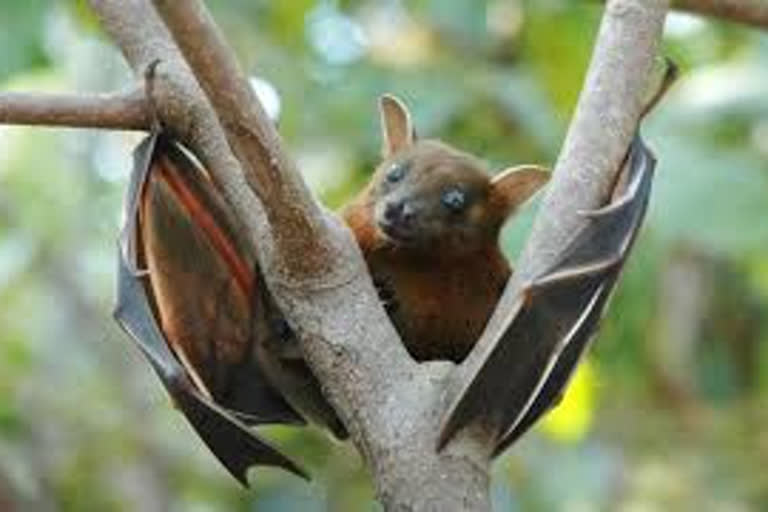New Delhi: The US and China may be playing a vicious blame-game of charges and counter-charges on the origin of the novel coronavirus which has gripped the world in a pandemic of epic proportions.
But a few months back, they had together presented a research paper that studied blood samples taken from 85 Nagas from a remote village in Nagaland. The effort was funded by the US Department of Defense in a curious case of linkage between biological scientists and the military.
Top virology scientists of the US and China, and also India, had together presented a scientific paper after completing the joint project involving research on bats and virus transmission to a human being.
Incidentally, it is being argued that the novel coronavirus originated from bats which are well-known reservoirs for several pathogens that cause infections that spread from animals to humans.
In 2017, a team of scientists went to Nagaland and collected blood samples of 85 Naga individuals from a particular tribe that harvest bats for at least seven generations as a source of food and traditional medicine.
The site for collecting information on the research was near the India-Myanmar border in Nagaland.
Among the leading scientists were two from the Wuhan Institute of Virology (WIV), located in Wuhan, capital of China’s Hunei province, and widely reported to be the place of origin of the COVID 19 infection.
One of them was Shi Zhengli, an expert on SARS-like coronaviruses of bat origin. Known as China’s ‘bat woman’ for her research expertise in the bat-virus connection, Shi is also the director of the Center for Emerging Infectious Diseases.
The other Wuhan scientist was Xinglou Yang, from the same centre as Shi.
After the eruption of the coronavirus pandemic, Shi has become a controversial figure under attack by conspiracy theorists who allege a connection between the origin of the virus in Wuhan and the location of the WIV.
But several strange facts emerge. The project was funded by the US Department of Defense, the Defense Threat Reduction Agency (DTRA), the Biological Defense Research Directorate of the Naval Medical Research Center and from an award granted by the Department of Atomic Energy, Government of India.
The project on ‘bat harvesting’ was presented to PLOS, a reputed nonprofit open-access science, technology and medicine publisher of academic journals, which published the study on October 31, 2019.
To be sure, there is a disclaimer that the “funders had no role in study design, data collection and analysis, decision to publish, or preparation of the manuscript”.
ETV Bharat had reported on Friday on a recently released document by whistle-blowing body Wikileaks that put out a paper presented in World Health Organization (WHO) that underlined the double-edged nature of the technology that may be used in producing the vaccines which could also be harnessed for producing biological weapons.
The report had said: “…research on highly pathogenic influenza viruses and production of vaccines require facilities, know-how and equipment that could be abused in biological weapons programmes.”
The WHO paper, meant for internal circulation only, was very prophetic of the arrival of an influenza-like pandemic and almost seemed certain that it was on the way and wondered why governments were not responding proportionately. It had asked: “If the pandemic threat is so dire, why is the practical response so muted?”



